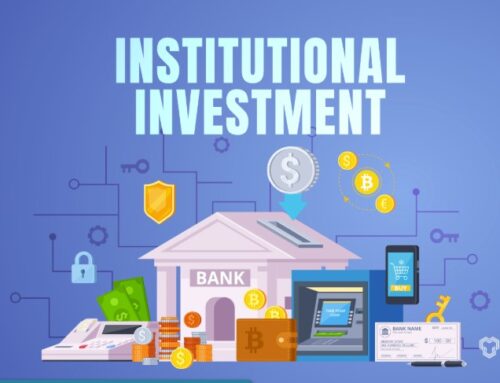Revised GDP growth gains 1.4 percent, stronger than expected
September 29, 2016
Reuters
The U.S. economy grew at a modestly faster pace in the second quarter than previously estimated, but the latest data confirms the expansion decelerated in the first half of the year.
Gross domestic product, a broad measure of goods and services produced across the economy, expanded at an inflation-adjusted 1.4% seasonally adjusted annual rate in the second quarter, the Commerce Department said Thursday. That’s up from last month’s estimate of a 1.1% growth rate during the spring. Economists surveyed by The Wall Street Journal expected revised GDP growth at a 1.3% pace for the April to June period.
U.S. stock markets were slightly lower in premarket trading Thursday.
Second-quarter growth accelerated from the first quarter’s 0.8% pace, but was slower than the roughly 2% annual rate averaged since the recession ended in mid-2009. The current expansion’s pace is the weakest of any since 1949.
Thursday’s report showed a measure of business investment improved rather than declined, accounting for most of the upward revision.
Economic growth has held below a 1.5% pace for three straight quarters. The marked slowdown during an already sluggish expansion raised concerns that the economy was stumbling seven years after the recession ended.
But many economists project output began to accelerate a bit this summer and should return to at least the expansion’s average growth rate during the second half of the year. Similarly, payroll growth improved in recent months after a spring slump.
“Growth was weak in the first half of the year, we’re seeing definite evidence that the economy is now expanding more strongly,” Federal Reserve Chairwoman Janet Yellen said last week. Improved economic growth and progress in the labor market “have strengthened the case for an increase in the federal funds rate,” she said. The central bank has held its benchmark interest rate steady since December.
Fed policymakers project the economy to grow at 1.8% pace for all of 2016, implying a modest second-half pick up. The Federal Reserve Bank of Atlanta, on Wednesday, forecast a 2.8% growth pace in the third quarter. The projection has been scaled back from well above 3% over the past month.
Other data due out Thursday, including an inventories report, could alter third-quarter projections.
The second-quarter GDP report showed a measure of business spending, nonresidential fixed investment, rose at a 1% rate versus the prior estimate of a 0.9% decline. The upward revision was due to a much smaller decline in structures investment than previously estimated, and an increase in intellectual-property investments.
The change in private inventories was a smaller drag on growth than previously estimated, due to a larger contribution from farm inventories last quarter. Overall, the inventory change subtracted 1.16 percentage points from the GDP advance last quarter, smaller than the previously estimated drag of 1.26 points. Inventory building has weighed on growth for five straight quarters. An expected turn in that cycle is one reason economists project better second-half gains.
A measure of economic growth that excludes inventory effects, real final sales of domestic product, rose at a 2.6% pace in the second quarter.
Consumer spending, which accounts for about two-thirds of total output, rose at a 4.3% pace in the spring, compared with an earlier estimate of growth at a 4.4% annual rate. Last quarter’s gain was still the largest increase in household outlays since late 2014.
Residential fixed investment, including home building and improvements, fell at an unrevised 7.7% pace in the second quarter. Before last quarter, residential investment had been a driver of economic growth since 2014.
Growth in exports, which add to GDP, outpaced gains for imports, which subtract from domestic output, during the last quarter. As a result, trade contributed a slightly better 0.18 percentage point to overall growth in the second quarter. Trade was a significant drag on growth during 2015, a year in which the dollar strengthened against many foreign currencies.
Government spending declined at a 1.7% rate in the second quarter, compared to a prior estimate of down 1.5%.
Corporate profits after tax, without inventory valuation and capital consumption adjustments, rose 5.6% from the prior quarter, up from a previous estimate of a 4.9% increase in the second quarter. That measure most closely matches profits as reported on company balance sheets. The profit measure was down 1.7% from the second quarter of 2015.
A before-tax measure of profits, which includes inventory and capital adjustments, fell 0.6% in the second quarter, versus the earlier-estimated decline of 1.2%. The measure, intended to be more inline with output gauges, was down 4.3% from a year earlier.
Profits at U.S. corporations have been stressed in recent years by the strong dollar, which makes U.S.-made products more expensive for foreign customers, and low oil prices that have hammered the domestic energy industry.
The dollar and oil prices have stabilized in recent months but margins could be squeezed going forward by weak global growth, rising labor costs and other forces.
Search
RECENT PRESS RELEASES
Related Post





